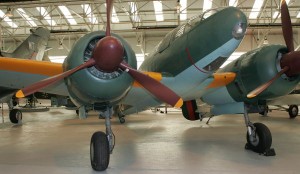 Although fighter and ground attack versions of the Dinah were developed, it was as a high-altitude photographic reconnaissance aircraft that the Ki-46 was most successful. Indeed, it was so successful that Germany tried to acquire manufacturing rights from Japan.
Although fighter and ground attack versions of the Dinah were developed, it was as a high-altitude photographic reconnaissance aircraft that the Ki-46 was most successful. Indeed, it was so successful that Germany tried to acquire manufacturing rights from Japan.
The Ki-46 first flew in November 1939 . The top-speed of 540 km/h was 60 km/h slower than required, but it was still faster than the latest Japanese fighters! New engines were attached during 1941, and the Dinah reached its required speed of 600 km/h. The Mark III Dinah which is the one I will be modelling here, had further improved engines, and a more stream-lined cockpit area, giving it a speed of 630 km/h.
The aircraft was first used over China, but the most successful missions were those flown over British Malaya before the Japanese invasion. Its high-altitude capabilities and long range meant that the Dinah could cover the entire Pacific theatre with almost no opposition.
The Dinah became vulnerable to fast-climbing Allied fighters at the end of the conflict, but still made many reconnaissance missions over the large American air-bases in the Mariana Islands at the end of the war.
Specifications:
Crew: 2 (pilot and observer)
Length: 11.00 m (36 ft 1 in)
Wingspan: 14.70 m (48 ft 2¾ in)
Height: 3.88 m (12 ft 8¾ in)
Empty weight: 3,263 kg (7,194 lb)
Loaded weight: 5,050 kg (11,133 lb)
Max. takeoff weight: 5,800 kg (12,787 lb)
Powerplant: 2 × Mitsubishi Ha-102 Army Type 1 14-cylinder radial engine at 1,080 hp
Maximum speed: 604 km/h (326 knots, 375 mph) at 5,800 m (19,000 ft)
Cruise speed: 400 km/h (217 knots, 249 mph)
Range: 2,474 km (1,337 nmi, 1,537 mi)
Service ceiling: 10,720 m (35,200 ft)
Climb to 8,000 m (26,250 ft): 17 min 58 sec
Guns: 1× rearward-firing 7.7 mm (.303 in) Type 89 machine gun





 22/09/2012
22/09/2012
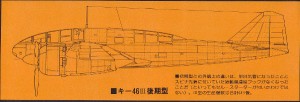
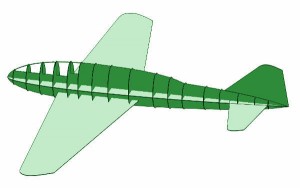
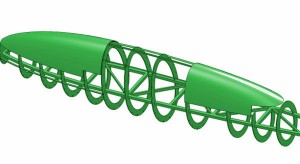
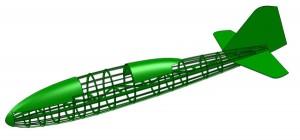
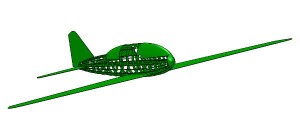
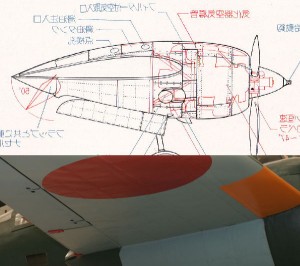
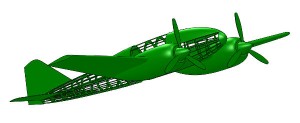
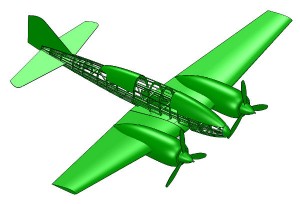
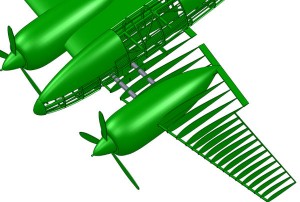
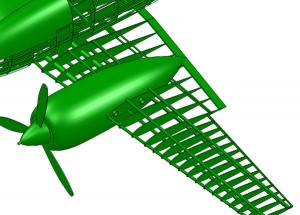
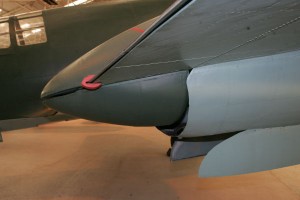
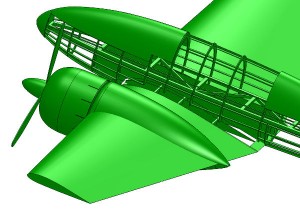
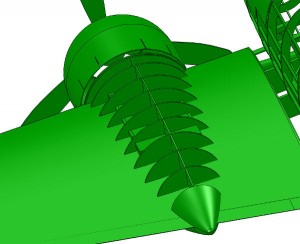
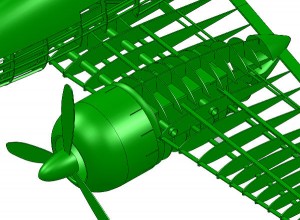
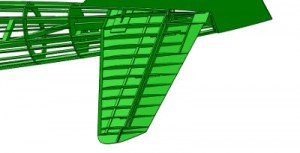
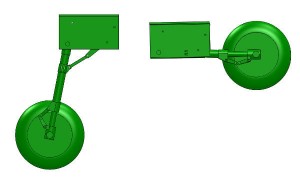
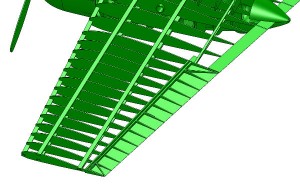
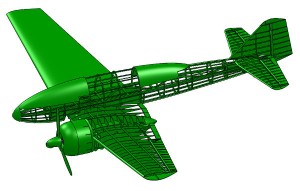
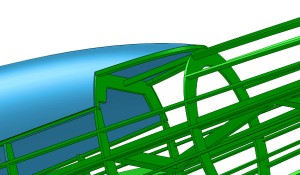
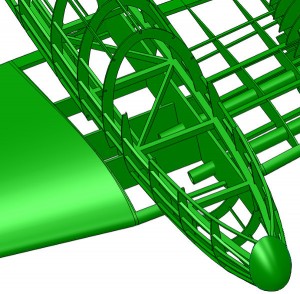
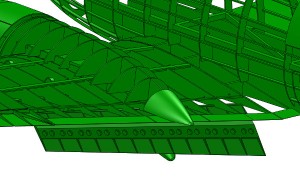
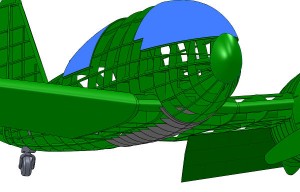
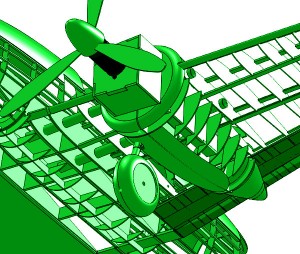
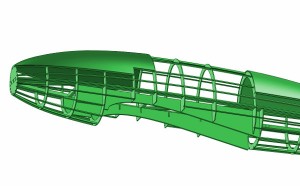
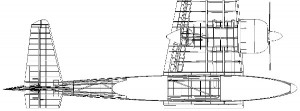

That open area inside the fuse will do nicely for a 3D printed cockpit
Yeah, or we could just 3D print the entire airplane and kill off our hobby. It is only a matter of time before we all sit in front of computers.
Very fine work, If you are willing to sell plans I also am very interested in purchasing a set. It is a really beautifully shaped airframe and rather unusual as well. I’d love to build one but am having difficulty finding three views much less plans……
carl
Plans will be available after I complete the prototype build. I have sent you an e-mail with more details.
A wonderful incite into CAD designing. How is the prototype coming on?
A master piece.
Hi Owen,
Thank you for the kind words. I have just started building the thing. You can see the progress on my youtube channel.
https://www.youtube.com/user/spotgreeen
Hello I am interested in the planes but i don’t see information about them posted anywhere. Will someone please guide me to them.
Hello, my compliments on an outstanding job on this rare aircraft! I would love to purchase a set of plans when they become available?
Would love to have a set of plans. Are they available?